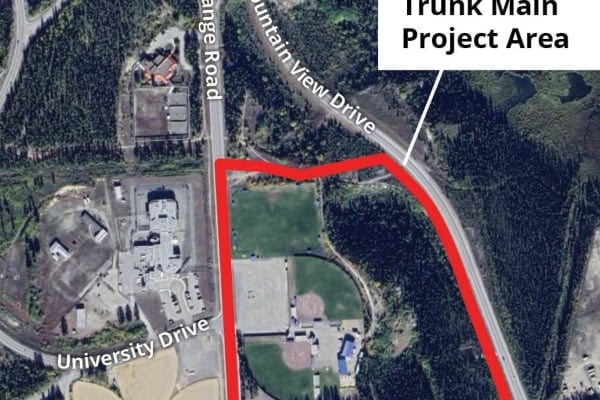A kilometre out on the ice, the motorcycle with its side-cart caught my attention, the olive drab silhouette contrasting sharply against the frozen surface of Lake Baikal, a vast sea of white some 40 km. wide and more than 700 km. long.
Known as ‘the Blue Eye of Siberia’, the area of the lake is impressive enough. But its depth inspires awe. At 1,637 meters the deepest lake in the world, by volume it contains fully 20% of the world’s fresh water—enough to provide drinking water for every person on earth for 40 years. All the North American Great Lakes combined could not fill Lake Baikal if it were emptied.
To reach the lake from the city of Irkutsk had taken about an hour and a half, the road winding over gentle hills and though vast forests of birch trees. Snowing gently, but not unbearably cold, I was eagerly anticipating my first glimpse of the lake.
But arriving at Listvyanka, a small village on the southern shore of the lake, all that could be seen was a vast whiteness fading into the snowy whiteness of the sky. The lightly falling snow obscured the mountains, though occasionally I glimpsed their shadowy outlines on the nearer shore.
And then I saw the motorcycle way out on the ice. Intrigued, I looked more closely and also noticed a man, perhaps a further half-kilometer beyond the motorcycle, engaged in a sort of strange ritual.
Back and forth he slowly walked between two points on the ice. And, as he walked, he would bend and weave, as if following the steps of some mysterious dance. Watching him for some minutes, I grew increasingly curious and decided to investigate.
Making my way over pressure ridges and small snowdrifts, the picture gradually became clear. The man was hauling a nearly invisible line out of what I presumed was a small ice-fishing hole. Beginning at the hole, he would grasp the line and, heaving it over his shoulder, trudge heavily away from the hole, pulling out the fishing line as went. After 10-12 meters, he would lay down the line, stretch his back, and return to the hole to repeat the process.
The ‘dance’ thus understood, I finally reached the fellow, asking what exactly he was doing. In a gruff voice, but with some pride, he told me that he had 500 meters of fishing line to haul up. “Is the fishing good?” I asked. “Nyet!” he replied. “It’s terrible and the fish are small!” As he returned to his labours, I slowly retraced my path to the shore.
Back at the quayside where my walk had begun, the air was filled with aromatic smoke–the product of a dozen or more small ovens used for smoking fish from the lake. The fish in question were ‘omul’, a species related to salmon but unique to Baikal. Very slow growing, I was told that it took more than twenty years for an omul to reach 30 centimetres.
Behind each stove, well bundled against the biting wind, sat middle-aged men and women, all of them competing loudly for my business. Each one insisted that his or her fish was the freshest and tastiest, tempting me with small samples to prove their claims.
It was a difficult choice, but eventually one vendor prevailed and, with a couple of smoked omul in hand, I retired to a small nearby café to enjoy the fish with some tea and fresh bread.
I can report that the fish were indeed delicious—at least as good as any smoked salmon I have ever enjoyed in Yukon. Worth the effort, I concluded, of hauling up more than 500 meters of fishing line for a catch. I hoped my hard-working fisherman was having better luck.




